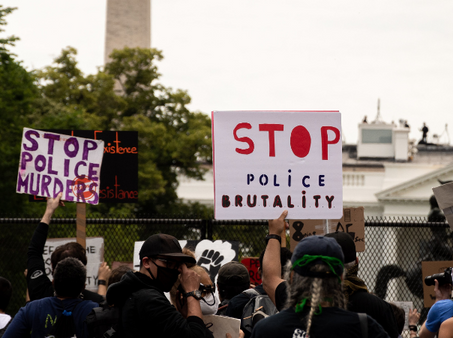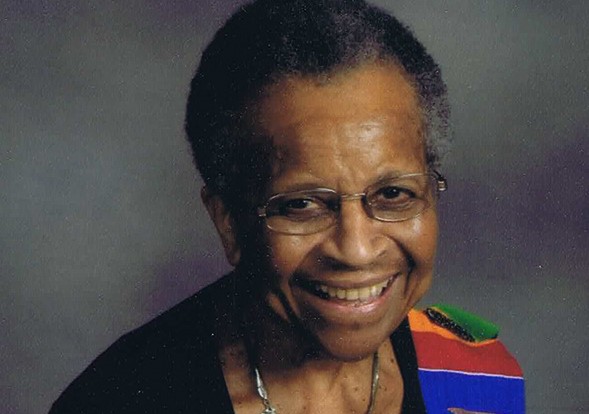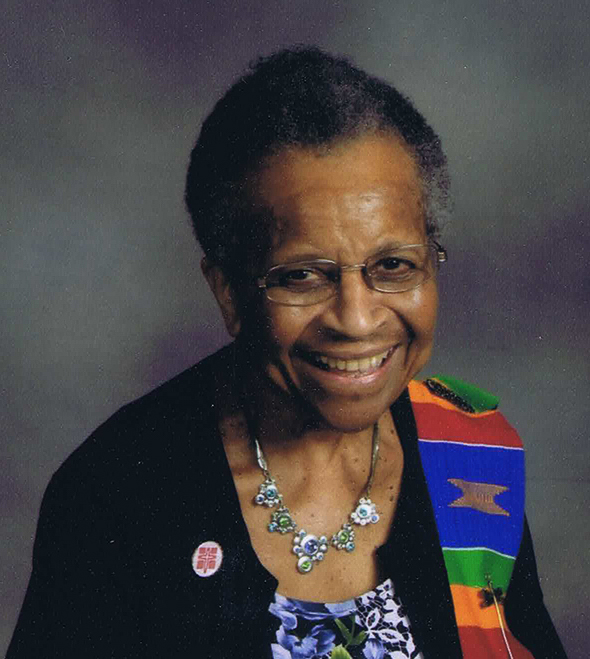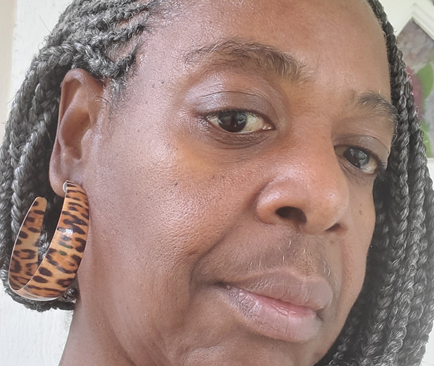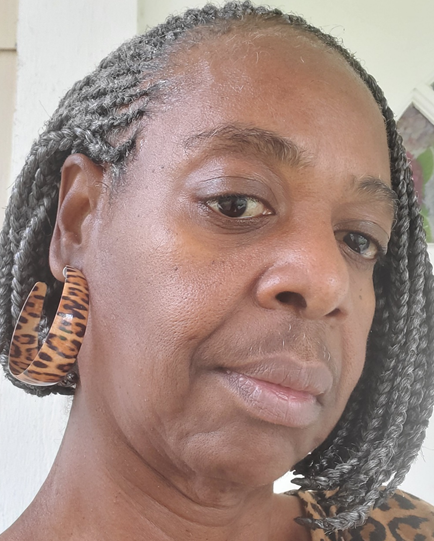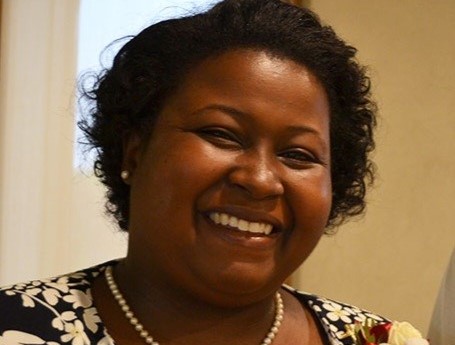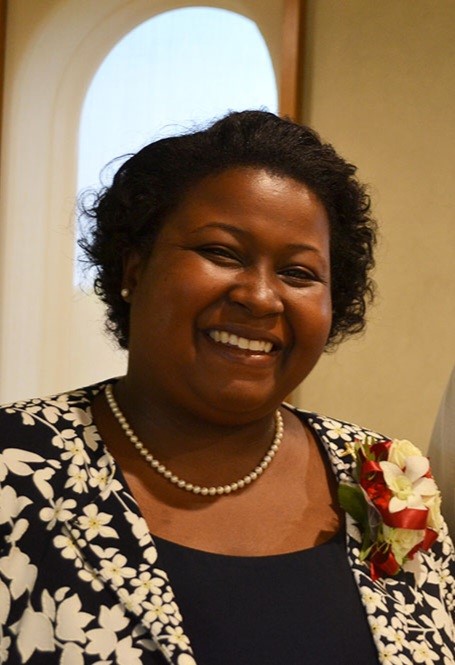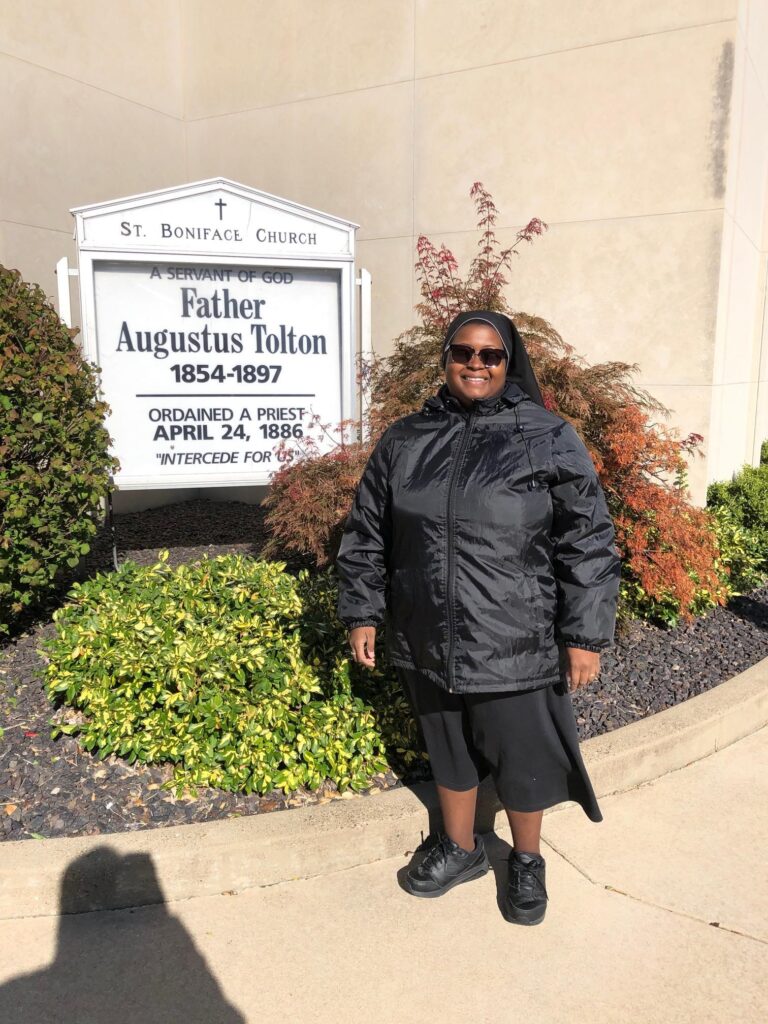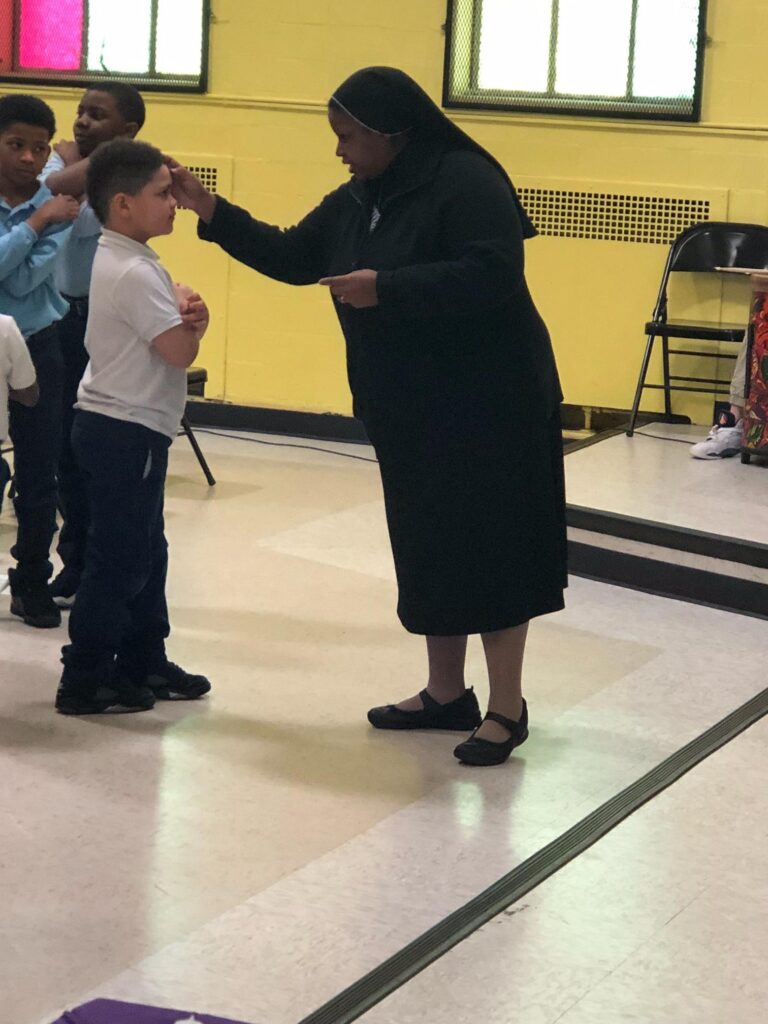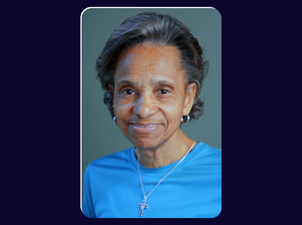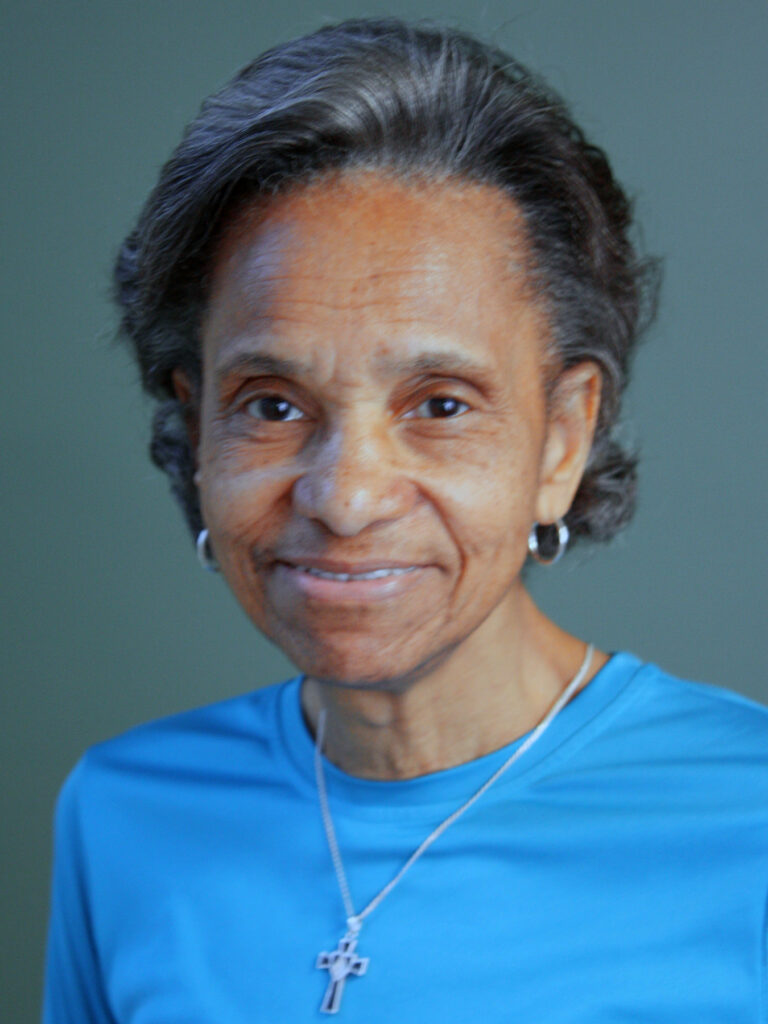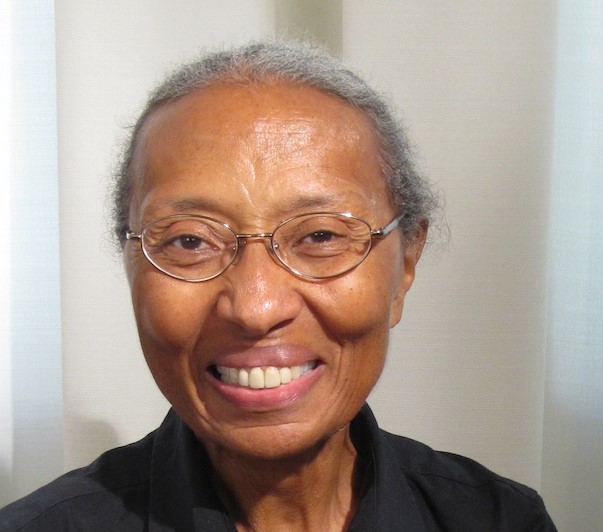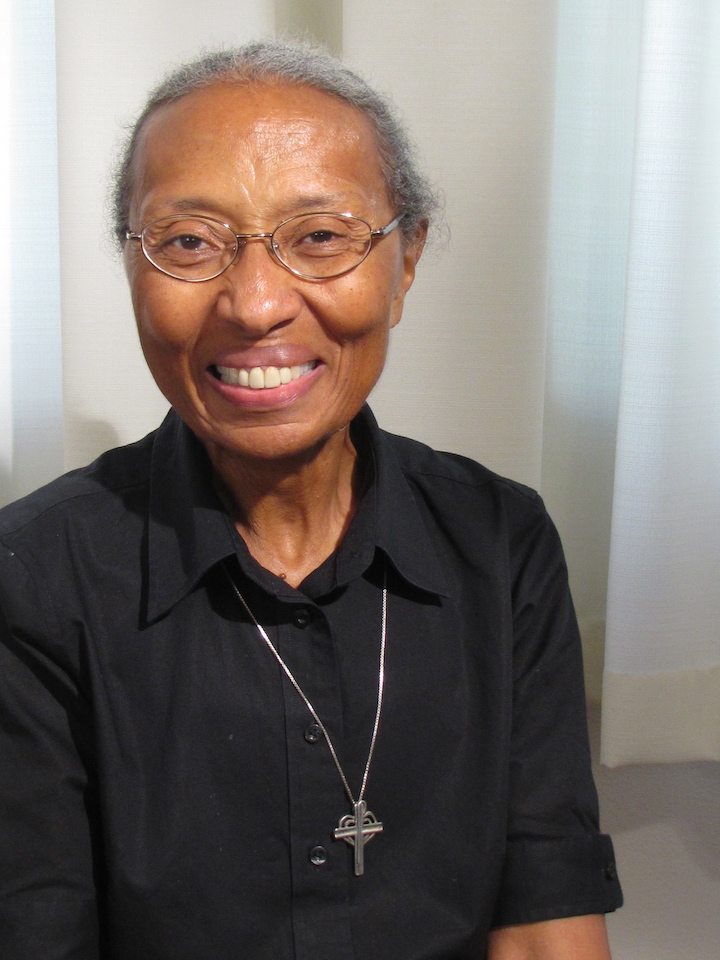
The Tragic Killing of Tyre Nichols Must Lead to Police Reform
Min. Christian S. Watkins, Government Relations Advocate and Elissa Hackerson, Digital Communications Coordinator
February 1, 2023
“Our country has mishandled public safety challenges with racist policies and practices that have made us all less safe and secure, like: hyper-militarized law enforcement of Black and Brown neighborhoods, overly aggressive — and sometimes deadly — policing tactics…”
‐No More Unsafe Policing Bills. It’s Time For Data-Driven Public Safety Solutions (August 2022)
Tyre Nichols from Memphis, Tennessee should be working a shift at FedEx, eating a meal at his mother’s table, or editing pictures for his online photography website, but his life was stolen by those sworn to protect and serve. Memphis police officers brutally beat Tyre so severely on January 7 that they caused organ failure and cardiac arrest. His death three days later led to the arrest of five Memphis police officers who face multiple charge,s including second degree murder. An additional two police officers have been suspended, and three Memphis Fire Department personnel have been fired for their failure to provide care to Tyre. This is not enough. Policies and practices that prevent law enforcement nationwide from using brutal force to subdue, and kill, unarmed Black bodies are needed now!
The death of Tyre Nichols, a 29-year-old Black father, son, and brother, has rocked our nation. His beaten body laying lifeless in the street after a traffic stop is evidence that the United States needs drastic policing reform. The deaths of George Floyd, Breonna Taylor, Philando Castile, and the others we call by name because of police violence — and the blessed souls whose names we don’t know — should have been cause for reform. People of faith, and all those with an interest in justice and the common good, recognize that interactions with police, especially a non-violent traffic stop, should not leave a man dead. In Memphis, where about 65% of the population is Black, there has been tension between Black people and the police who have who have behaved as predators, not public safety officers for decades.
Tyre’s death by heinous law enforcement violence once again focuses the national spotlight on the danger Black lives face when confronted by police power. In a recent statement, the National Black Sisters’ Conference (NBSC) asks, “How will this modern-day Black genocide be eradicated? Where do we go from here?” For the NBSC, the solution lies in comprehensive action from Congress, the Department of Justice, and local and state law enforcement agencies.
We join the call for action that NBSC proposes. The tragic murder of Tyre Nichols must lead to police reform in our country.
Tyre Nichols Lived a Thriving Life
We are inspired by the stories shared by friends and family that reveal his passion for life, the joy he felt for the natural world, and his compassion and humanity. Tyre was over six feet tall and loved to eat his mother’s cooking, though he was underweight at about 145 pounds due to Crohns disease. He grew up in Sacramento, California guided by a free spirit that drew him to skateboarding and youth groups, and the communities that existed around his passions. A childhood friend said, “Every church knew him; every youth group knew him.” In California and Tennessee, people shared that he exuded a special light and was a kind soul. And he was fiercely loved by family, especially his mother, RowVaughn Wells.
Tyre lived with his parents in a modest single-family home in a peaceful Black community. The police who detained him claimed he was driving recklessly in the area leading into his neighborhood. The abuse he suffered by an overly aggressive police officer who used a taser on him despite his efforts to comply with their orders, caused him to flee toward safety. Officers pursued him and savagely attacked him. Tyre Nichols’ thriving life neared its end within earshot of his mother’s home as police, emergency medical technicians, and a firefighter neglected to tend to the trauma he endured just three doors down from her home.
Tyre should be alive today. He should be at his regular Starbucks meet up with friends., He should be in his happy place — skateboarding at Tobey Skate Park and taking pictures of the sunsets he loved. You can see Tyre’s photography here. No traffic stop should end in execution. Tyre Nichols’ life mattered.
We Are Called to Reform Racist Violence, Policies, and Practices
NETWORK’s Build Anew agenda envisions reform to our criminal legal system. Our communities are not helped, but harmed, by military weapons recycled for street use by law enforcement. Violence eclipses the freedom to thrive that all families, men, and women should have in their neighborhoods. We resolve to grieve with purpose and educate all in our political ministry to advocate for the end of dangerous police powers, which has a long history in the United States.
Whether we drive through communities of expensive homes, public housing apartments, or modest single-family communities (like the one in which Tyre lived), we expect to reach our destination safely — even when we interact with police – no matter the color of our skin. Far too often, Black and Brown lives are traumatized by public safety officers who fail to see humanity in Black bodies and inflict harm, and even death.
We know our communities will be safer without militarized police units and the continuation of qualified immunity, but some leaders equate public safety with “tough on crime” police policies and procedures based on racist ideas about Black and Brown bodies. Those who want vengeance, and not justice, point out that more white people are killed by police than Black people. While this is true, the rate at which Black people die at the hands of police is more than double that of whites.
White and well-resourced people of all races gladly cede outsized powers to the police as they carry on with violence and intimidation in Black and Brown communities. But, they would surely balk if chokeholds, excessive taser use, and other overly-aggressive tactics for traffic stops were to happen in their communities.
Last summer, we wrote that hyper-militarized law enforcement can be overly aggressive, and their deadly tactics can harm families and communities. The Memphis police officers who violently attacked Tyre were members of the SCORPION (Street Crimes Operation to Restore Peace In Our Neighborhoods) unit. SCORPION was created in November 2021 with a mandate to control rising crime in Memphis, and its tactics sadly fit this description. We must end violent policing and make our country a place where our rights are respected and where every one of us can live full and healthy lives.
Building Anew So Everyone Can Thrive
Justice-seekers guided by faith and the common good can do something about the shameful policy policies that must be reformed. We can push Congress to preserve law and order and respect the life and dignity given to us by Our Creator.
After the horrific death of George Floyd in May 2020, calls for justice were heard across our country. Since then, however, the litany of names of those whose lives were taken by police violence, most recently Anthony Lowe Jr. in southern California, have failed to move our country to action. Over the past three years, Congress has not reached agreement on a bill that would protect Black lives and put us on a path to end brutal deaths by law enforcement.
The House of Representatives passed the George Floyd Justice in Policing Act, but it failed to pass the Senate during the 117th Congress. While no-knock law enforcement warrants, chokeholds, and other reforms were considered, the Senate could not come to an agreement, in large part because of qualified immunity. There are better, data-driven ways of assuring public safety in the United States. Lawmakers must act to remove military-grade weapons from local law enforcement departments, to train law enforcement with a national standard for appropriate apprehension, restraint, and care for detainees, and to end the policy of qualified immunity, which has shielded police from being held accountable for their actions. Present and future generations depend on community-oriented practices becoming the standard.
We know you, like all of us at NETWORK, grieve with RowVaughn and her family. While she navigates the path to justice for her son, join us as we urge Congress to act to end racist and inhumane policing tactics. We hold Tyre close to our hearts as we continue to hold all who have lost their lives because of racist police violence.







